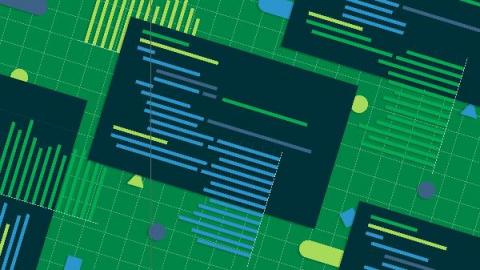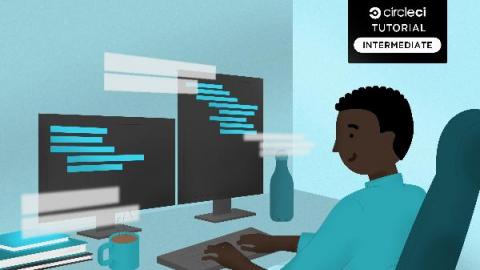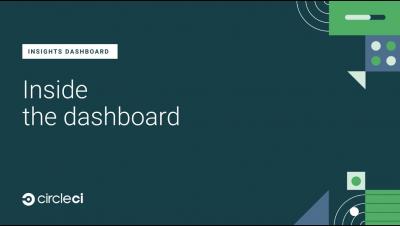Building for Windows using the MSIX orb
The MSIX orb is the first “Windows-only” orb from CircleCI. When Microsoft approached us with the opportunity to build an orb that would help Windows developers build on our platform, we were enthusiastic. Most of our orbs, and general workload, revolve around Linux and utilize Bash. However, we recognized the deep need to provide good CI/CD solutions for building applications on Windows, and with use of PowerShell growing steadily within Linux, it was time to take the plunge.










